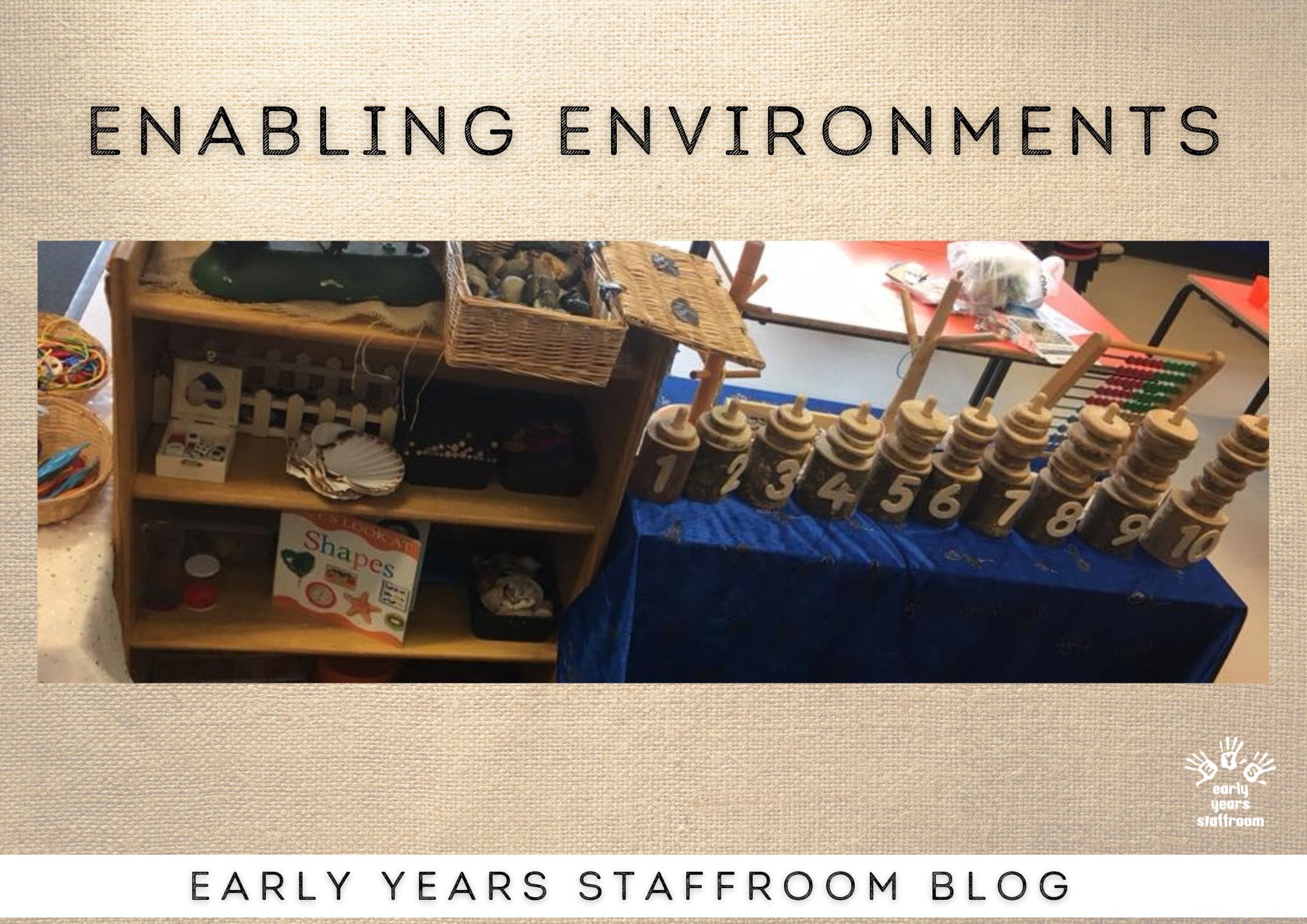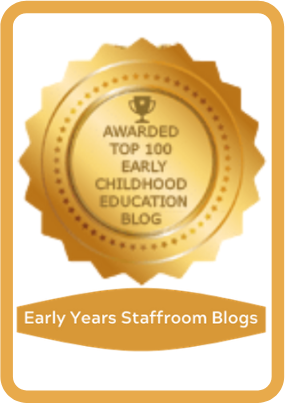Enabling Environments
By Sarah Detheridge
What is an enabling environment and why is it important in early years?
From birth, children actively seek out information about how the world works. An enabling environment is one which provides a rich, varied and safe space in a setting in which children can play, explore and learn. This can contribute greatly to children’s learning and development in the early years. The environment is more than just a physical space. Opportunities for trial and error, exploration, questioning, invention and experimentation develop in play within the environment. Friedrich Froebel (early 1800s) compared designing an environment for children to planning an organic and ever-changing garden which can inspire and guide children’s imagination and involvment. The characteristics of effective learning show us what learning looks like in children, yet they should not only be confined to early childhood learning but extended throughout our adult lives so that we have the skills to become lifelong learners.
The Statutory framework for the early years foundation stage (2021) places emphasis on the role of teaching and support from adults as key to an enabling environment. However, according to the Reggio approach the environment is recognised as a “third teacher”, parents and carers being the first two. Piaget stated that; “Every time we teach a child something, we keep him from inventing it himself. On the other hand, that which we allow him to discover for himself will remain with him visible for the rest of his life”. Therefore it is important that the teachers focus on setting out the environment in a way that is not only accessible to children, but also engaging.
When reflecting upon an enabling environment, we need to consider the emotional environment as well as the indoor and outdoor environment. The emotional environment refers to what the atmosphere of a setting feels like, how people behave, interact with one another and how inclusive it is. Good relationships are key to what makes up a supportive, caring environment so children learn and develop well. These three aspects of the environment together make up the environment for play and learning in the EYFS.
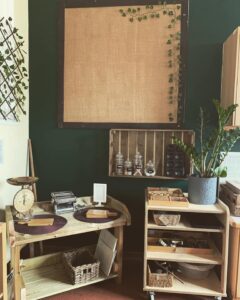
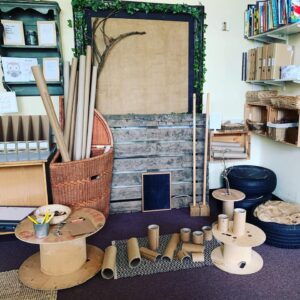
How do you plan an enabling environment?
- Consider the environment from the child’s perspective – get down to their level and imagine heights and what the environment looks like from lower down. Use an environmental audit to prompt you and record your observations.
- Respond to individual needs, interests and schemas
- Have defined areas or zones that reflect the 7 areas of learning in both indoor and outdoor environments
- Have sufficient resources (this does not necessarily mean buying lots of new ones, but offering what you have in different ways, moving areas)
- Promote self-selection of resources in play and other times such as meals and snack times
- Organisation is key – plan ahead to prevent boredom or lapse in routine
- Label items with photos/pictures and words
- Is there a space for children to “just be” a quiet place for wonder? (Stacey, 2019)
- Plan activities that can be explored over a period of time, repeated and pursued in depth
- Modelling ‘thinking aloud” and talking through activities. Remembering that language is a prime tool for thinking (Stewart, 2011)
- Plan activities that focus on process rather than product
- Provide interesting objects to explore without adult intervention
- Consider if your resources reflect equality, diversity and meet special educational needs
- Think about the atmosphere and mood that you want to create. Babies and young children are very perceptive of this
- Knowing each child really well can help with the emotional environment (through home visits, parental communication and key person approach)
- Clear routines for the day. Children are more likely to be settled in their environment if this is the case. Having a visual timetable that is accessible to all
- Promote and model positivity and can do attitudes
- De-junk, fix and review areas regularly
- Involve the children in planning for their environments
- Plan for outside
- Think about the environment in terms of the 5 senses (what can be seen, touched, smelled, heard and tasted)
- Some settings and schools are using ‘The revised Bloom’s Taxonomy’ (2001) to promote questioning at different levels (remembering, understanding, applying, analysing, evaluating and creating) therefore going above the who, what, when, where and why questions, we have some questions to put onto the wall to prompt adults
- Encourage divergent thinking: What else is possible? (Stewart, 2011)
- Carry out peer to peer observation on the environment, use our template here
- Use a variety of differentiated resources inside and outside, our continuous provision planning documents have a large resource list
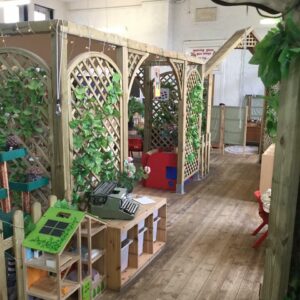
Keeping the environment organised and clean is essential so that children can be focused and not too overwhelmed by clutter. I have always been a strong believer in ‘tidy house, tidy mind’ and shows that we have respect for our environment and the resources in it. Whilst we want to create an environment that is stimulating, too many resources, colours, displays on walls can inhibit and distract concentration levels.
In the words of Maria Montessori “adults admire their environment; they can remember it and think about it – but a child absorbs it. The things he sees are not just remembered; they form part of his soul. He incarnates in himself all in the world about him that his eyes see, and his ears hear”.
Please see our Early Years Staffroom ( earlyyearsstaffroom.com) website for further resources to help. Look out for the following:

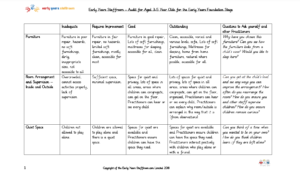
Additional resources can be found online such as a toolkit called ‘My Space – creating enabling environments’
References
Stacey, S. Inquiry-Based Early Learning Environments – Creating, Supporting and Collaborating (2019)
Stewart, N. How children learn – The characteristics of effective early learning (2011)
